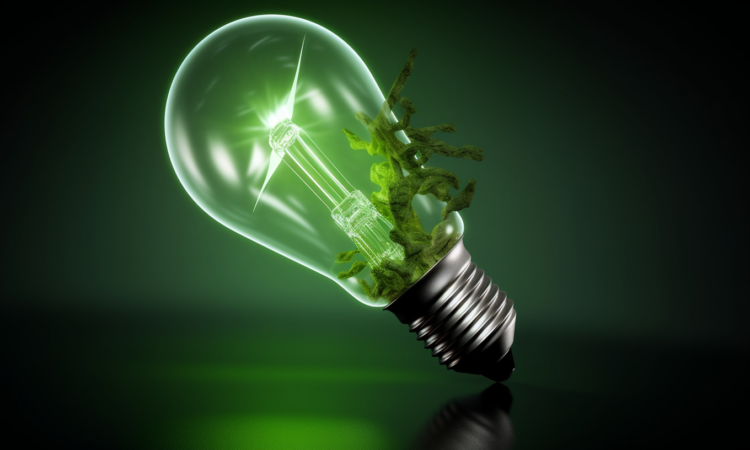
Exploring Uzbekistan’s Renewable Energy Potential: Solar, Wind, and Hydro Power Developments
Uzbekistan, a landlocked country in Central Asia, has been making significant strides in recent years to diversify its energy sources and reduce its dependence on fossil fuels. The nation’s vast deserts, abundant sunshine, and strong winds offer tremendous potential for the development of renewable energy, particularly solar, wind, and hydro power. As the government continues to implement policies and attract investments to support the growth of these sectors, the future of Uzbekistan’s energy market looks increasingly bright and sustainable.
One of the most promising renewable energy sources in Uzbekistan is solar power. The country receives an average of 300 sunny days per year, with an annual solar radiation of 1,500 to 2,200 kWh per square meter. This makes it an ideal location for the installation of photovoltaic (PV) panels and solar thermal systems. In recent years, the government has launched several initiatives to promote the development of solar energy, including the establishment of the International Solar Energy Institute in Tashkent and the implementation of a national program for the widespread use of solar water heaters.
Moreover, Uzbekistan has attracted significant foreign investments in the solar sector. In 2020, the United Arab Emirates’ Masdar Clean Energy signed a power purchase agreement (PPA) with the government for the construction of a 100 MW solar power plant in the Navoi region. This project, which is expected to be operational by 2022, will generate enough electricity to power approximately 31,000 households and offset 156,000 tons of carbon dioxide emissions annually. Furthermore, Uzbekistan is also collaborating with the Asian Development Bank (ADB) and the European Bank for Reconstruction and Development (EBRD) to develop additional solar power projects across the country.
Wind energy is another renewable resource with significant potential in Uzbekistan. The country’s vast deserts and steppes offer excellent conditions for the installation of wind turbines, with average wind speeds of 4 to 9 meters per second at a height of 30 meters. In 2020, the government signed an agreement with the Saudi Arabian company ACWA Power to construct a 500 MW wind farm in the Karakalpakstan region. This project, which is expected to be completed by 2023, will generate enough electricity to power around 150,000 households and reduce carbon dioxide emissions by 720,000 tons per year.
Hydro power is another key component of Uzbekistan’s renewable energy mix. The country has a total hydroelectric potential of around 27,400 GWh per year, with the majority of its rivers flowing from the mountainous regions in the east. Currently, Uzbekistan operates several large-scale hydroelectric power plants, such as the Charvak and Farkhad facilities, which together account for approximately 12% of the nation’s total electricity generation. To further expand its hydro power capacity, the government is working with international partners, including the World Bank and the ADB, to finance the construction of new hydroelectric plants and the modernization of existing facilities.
In conclusion, Uzbekistan’s renewable energy potential is vast and largely untapped. As the country continues to implement policies and attract investments to support the growth of solar, wind, and hydro power, it is well-positioned to become a regional leader in clean energy generation. This transition will not only help to diversify Uzbekistan’s energy sources and reduce its dependence on fossil fuels but also contribute to global efforts to combat climate change and promote sustainable development.






